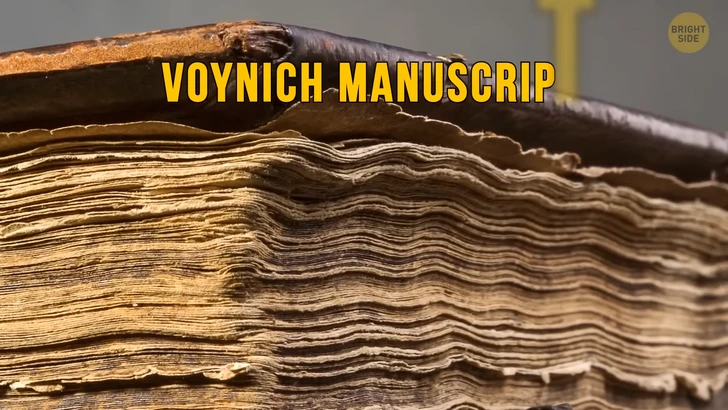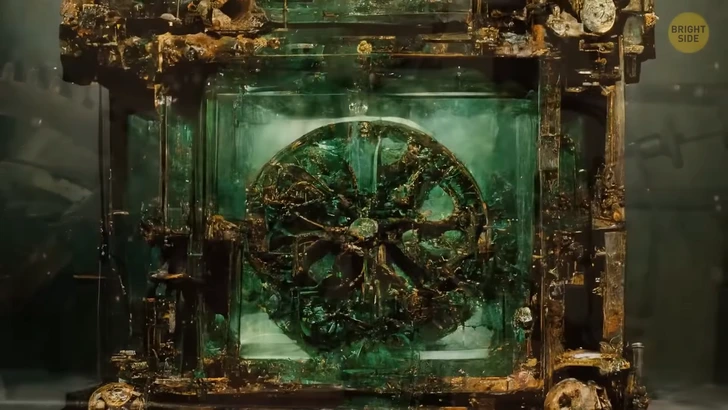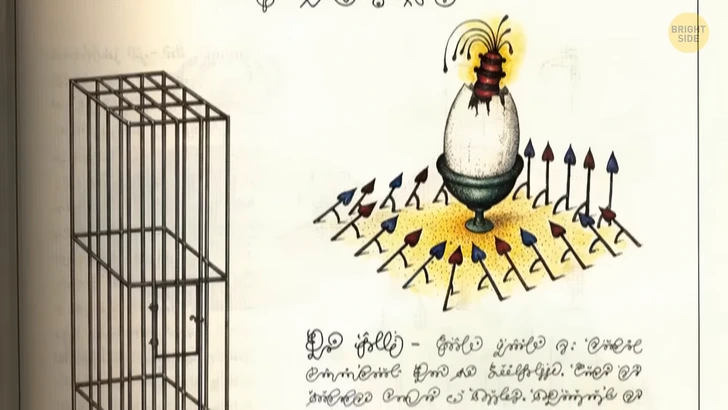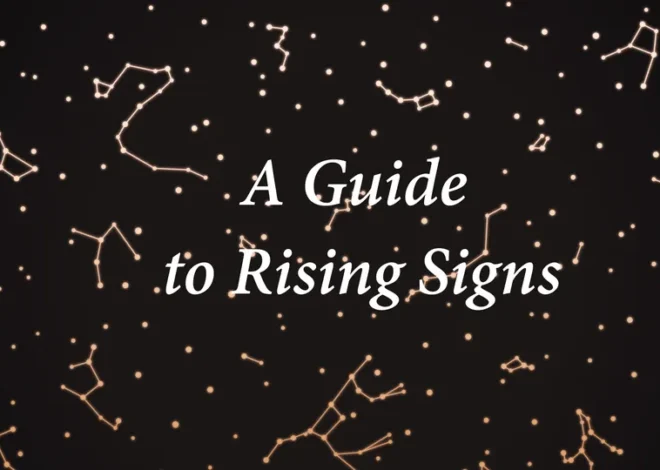
A Globally Famous Book Whose Content Remains a Mystery
Let’s explore some intriguing historical mysteries that continue to baffle scientists and historians. From undeciphered manuscripts to ancient technologies, these artifacts hint at knowledge that might have been lost over time.
First up is the **Voynich Manuscript**, a manuscript that has puzzled researchers since it was purchased by Wilfrid Voynich in 1912. This manuscript, dating back to the early 15th century, is filled with enigmatic text and illustrations that remain largely unreadable. The script used in the manuscript does not correspond to any known language or cipher, leading some to call it “Voynichese.” Despite various attempts to decode it, including the creation of a European Voynich Alphabet, the manuscript’s text remains a mystery.

The Voynich Manuscript is divided into several sections based on its illustrations:
– **Herbal**: Contains drawings of plants, none of which have been conclusively identified.
– **Astronomical**: Includes zodiac signs, though some pages from this section are missing.
– **Balneological**: Shows people bathing, but the exact context is unclear.
– **Cosmological**: Features elaborate fold-out diagrams with circular designs.
– **Pharmaceutical**: Displays plant images and what appear to be pharmaceutical jars.
– **Recipes**: Contains texts marked with stars, but their meaning remains unknown.

The manuscript comprises 240 pages, with evidence suggesting there were originally about 28 more pages. The original manuscript is held at the Beinecke Library at Yale University, which has published all 225 extant pages online for public access.
Next, consider the **Rohonc Codex**, a 448-page book discovered in Hungary in the 19th century. Its language and script are still undeciphered, though some suggest it may be related to paleo-Hungarian scripts. The codex is housed at the Hungarian Academy of Sciences, and high-resolution images of some pages are available online. It remains one of the lesser-known but equally mysterious texts.|

In terms of construction, the methods used by ancient Egyptians to build their pyramids continue to be a topic of research. Recent discoveries include a 4,500-year-old ramp system found in an alabaster quarry, which dates back to the reign of Pharaoh Khufu. This system, which features a central ramp and staircases with post holes, was used to transport alabaster blocks. However, it does not fully explain how the Egyptians moved the massive granite blocks used in pyramid construction.

Turning to ancient engineering, the **Antikythera Mechanism** is a complex device found in a shipwreck off the coast of Greece in 1901. Initially discovered among wreckage while searching for sea sponges, this ancient device is now understood to be an astronomical calculator. Its purpose was to track celestial cycles and predict astronomical events. Despite its condition after spending centuries underwater, it showcases a level of sophistication that was not fully appreciated until modern times.

Finally, there’s the **Codex Seraphinianus**, a more recent creation by Luigi Serafini, published between 1976 and 1978. Although it bears some resemblance to the Voynich Manuscript, this codex is an illustrated encyclopedia of an imaginary world, written in a constructed script with no actual meaning. Serafini’s aim was to evoke the experience of pre-literate children, emphasizing the power of images over text.

These artifacts highlight the rich tapestry of human history and the ongoing quest to uncover the knowledge of past civilizations. While some remain unsolved, they remind us of the complexity and wonder of historical inquiry.


